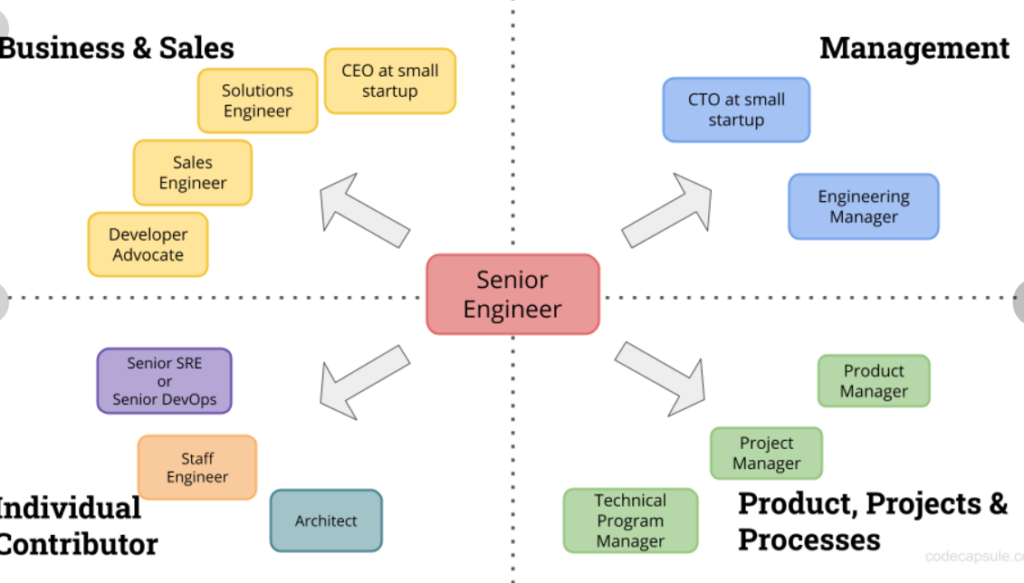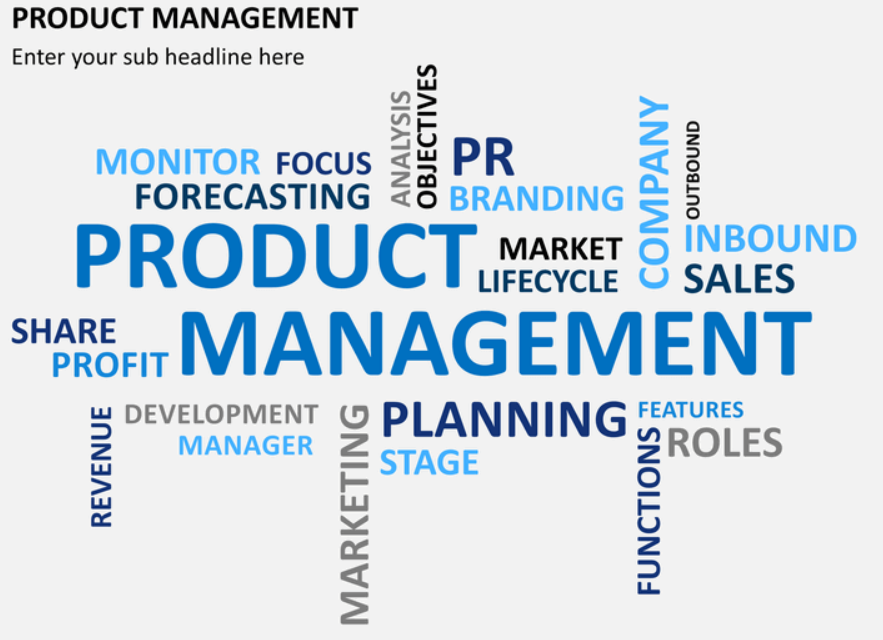Product management is a crucial function in any organization that deals with product development, marketing, and sales. Effective product management ensures that the right products are delivered to the market at the right time, fulfilling the needs of the target audience and generating revenue for the company. In this article, we will explore the best practices and strategies for product managers to excel in their role.
Part 1: Understanding the Basics of Product Management
Product management involves overseeing every stage of a product’s life cycle, from ideation to launch and beyond. Product managers work on ensuring that the product meets business goals, aligns with customer needs, and is delivered on time and within budget. A successful product manager must have excellent communication and organizational skills, as well as an understanding of market trends and consumer behavior.
Part 2: Successful Product Management Strategies

To create a successful product, a product manager must develop a robust product strategy that aligns with the overall business strategy. This includes developing a product roadmap, prioritizing features with the product backlog, implementing agile product development methodology, and embracing lean product management principles. Developing a dynamic product strategy requires collaboration with cross-functional teams, including sales, marketing, engineering, and customer support.
Part 3: Essential Skills for a Product Manager
Product managers need various skills to excel in their role effectively. Some of the essential skills include strong communication skills, strategic thinking, leadership and team management, customer-centric mindset, technical understanding, and industry expertise. A product manager should be able to manage teams efficiently, provide direction, and give feedback to achieve optimal results.
Part 4: Market Research and Product Development Process
Conducting thorough market research is crucial to identify users’ needs, pain points, and preferences, which will inform the creation of products that meet those needs. Defining product requirements, creating prototypes and MVPs, testing and validating your product, and bringing it to the market successfully all require extensive research. Effective market research involves analyzing the competition, identifying market gaps, and conducting surveys and focus groups to get feedback from potential customers.
Part 5: Data Analytics Tools for Product Managers
Data analytics tools such as Google Analytics, Mixpanel, Amplitude, Intercom, and Segment can provide valuable insights into user behavior, preferences, and product performance. These tools provide valuable insights into the product’s performance and can inform decision-making, help to identify opportunities for growth, and optimize future updates.
Part 6: How to Evaluate Customer Feedback?

Customer feedback is essential in creating successful products. Gathering customer feedback involves identifying the right channels for collection and tracking feedback, such as surveys or social media. It is essential to analyze and prioritize customer feedback to determine which features to build, improve upon or remove. Product managers should use customer feedback to iterate on their product and incorporate it into their product strategy effectively.
Part 7: Product Launch and Marketing Strategies
A successful product launch requires a comprehensive go-to-market strategy that includes messaging and positioning, building brand awareness, measuring success, and iterating. Developing a comprehensive marketing plan can involve collaborating with marketing teams, influencers, and engaging with potential customers in meaningful ways.
Part 8: Product Lifecycle Management and Release Processes
Managing product life cycle requires understanding the stages of the product lifecycle, implementing release management strategies, managing technical debt, and planning end-of-life products. Effective product lifecycle management helps product managers to make strategic decisions about the product’s future trajectory.
Part 9: Best Practices for Product Management
To create successful products, product managers must follow best practices that include building a strong product management culture, collaborating with cross-functional teams, setting goals, measuring success, and continuous learning and improvement. Product managers who adhere to these best practices often develop innovative and successful products that meet customer needs and contribute positively to the organization’s bottom line.
Part 10: Product Management Training and Certification Programs
Product managers can benefit from online courses, workshops, certifications, professional associations, and conferences to enhance their skills and stay up-to-date with the latest industry trends and developments. Continuous learning is an integral part of the product management process, and investing in ongoing training can provide significant benefits to both the product manager and the organization.
Conclusion:
Effective product management involves a diverse set of skills and strategies that are essential in today’s competitive marketplace. By understanding the basics of product management, developing successful product strategies, possessing essential skills, conducting thorough market research, utilizing data analytics tools, evaluating customer feedback, implementing effective product launch and marketing strategies, managing product lifecycle, following best practices, and participating in training and certification programs, product managers can excel in their role and deliver successful products to the market. Product managers must collaborate with cross-functional teams, focus on customers’ needs, continuously iterate and learn to create innovative and successful products that meet business goals and drive growth.
In addition to the main sections above, there are several subtopics that can be explored in more depth to provide a comprehensive view of product management. Here are some examples:
- The Importance of Market Segmentation in Product Management
- What is market segmentation?
- How does market segmentation help you develop better products?
- Examples of successful market segmentation strategies
- Tips for effective market segmentation
- Using A/B Testing to Improve Product Performance
- What is A/B testing and how does it work?
- The benefits of implementing A/B testing in your product development process
- Best practices for conducting A/B tests
- Examples of successful A/B testing
- How to Build an Effective Pricing Strategy
- Factors to consider when setting prices for your products
- Common pricing models and their advantages/disadvantages
- Strategies for pricing new products vs. existing products
- Tips for adjusting prices over time
- User Experience (UX) Design Principles for Product Managers
- The importance of UX design in product development
- Key UX design principles to keep in mind
- How to incorporate user feedback into your UX design process
- Examples of successful UX design strategies
- The Role of Product Management in Agile Development
- Overview of agile development methodology
- How product management fits into an agile development team
- Strategies for managing product development in an agile environment
- Benefits and challenges of using agile methodology for product management
- Tips for Managing Remote Product Teams
- Challenges of managing remote teams and how to overcome them
- Strategies for effective communication and collaboration
- Tools and technologies for remote team management
- Best practices for hiring and training remote team members
- The Pros and Cons of Outsourcing Product Development
- Advantages and disadvantages of outsourcing product development
- When outsourcing may be a good option vs. when it may not be appropriate
- How to select a reputable outsourcing partner
- Tips for managing an outsourced product development team
- Incorporating Diversity and Inclusion into Product Management
- The importance of diversity and inclusion in product management
- Strategies for building diverse teams and fostering an inclusive culture
- How to incorporate diverse perspectives into the product development process
- Benefits of prioritizing diversity and inclusion in product management
Conclusion:
Product management is a complex discipline that spans multiple areas of expertise, from market research and product development to marketing and sales. By following best practices and implementing effective strategies, product managers can ensure that their products meet customer needs, align with business goals, and generate revenue for their companies. With the right skills, tools, and training, anyone can become a successful product manager and make a significant impact on the success of their organization.









